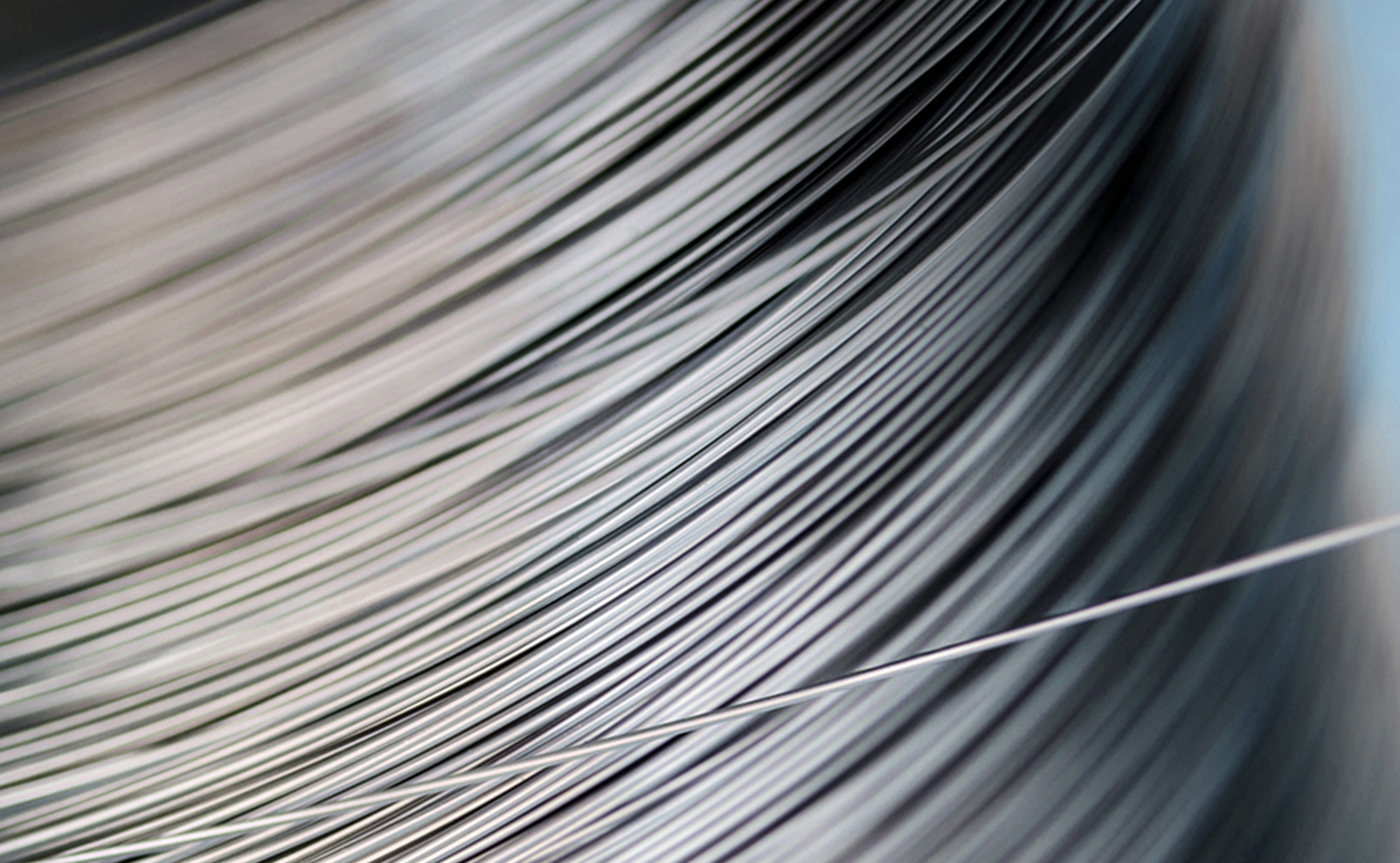What is Duplex?
Duplex and Super Duplex Grades of Stainless-steel deal remarkable rust resistance when 316 grade just isn't enough.
Duplex Stainless Steel Fasteners (SAF 2205 or UNS S31803) or Super Duplex Stainless Steel Fasteners (SAF 2507 or UNS S32750) are grades of Stainless-steel typically required in the fight against deterioration when 316 grade just isn't enough, such as being continuously submerged in salt-water. An important feature of Duplex stainless steel is that its pitting and crevice rust resistance is considerably remarkable to that of 304 or 316 grade Stainless Steel.
This integrated with high mechanical strength and ductility makes it an excellent product for many applications. Typically 316 Grade Stainless Steel is referred to as 'Marine grade' - and yes while it is often used and ideal for marine environments such as fastenings on a luxury yacht's deck, it is by no indicates the most robust alloy for high chloride environments (E.g. salt-water). Where fastener strength and integrity is crucial, such as for bolts in a Private yacht's Keel, a Duplex or Super Duplex Fastener is required. Likewise where a Stainless Fastener is submerged in salt-water, Duplex would be the minimum requirement. Duplex and Super Duplex Fasteners are not generally 'off the shelf' and stocked by stainless fastener distributors. They are made to order and ensuring the source is specialized in Duplex fastener manufacture with a high degree of Quality Control is vital.
Duplex Manufacturing innovations
Duplex fastenersare preferably made with forged heads and rolled threads, with the heating in the creating process carefully temperature managed.
Duplex fasteners can be CNC machined from round or hex bar - but ideally they would be made with forged heads and rolled threads. Threads must be rolled instead of machined to ensure smoother, stronger threads are gotten as compared with machined/CNC threads - this increases the thread's yield strength, surface finish, hardness, and use resistance. When Hot Creating the fastener head, temperature control is important. When heating Duplex you should prevent extended time in the crucial temperature zone as this motivates unwanted Nitrides and Carbides to form. It is very important that digital control devices is utilized to rapidly warm through this temperature level zone and instantly remove from the heat source when the temperature is maximum for forging. Any Duplex product need to then undergo laser marking to ensure traceability of the fastener through the supply chain. Test Certificates must likewise always be gotten.

Duplex Applications - where would you use Super Duplex over Duplex?
Applications which can benefit from the use of these duplex steels involve http://andyeqxs530.bravesites.com/entries/general/responsible-for-a-tube-fittings-budget-10-terrible-ways-to-spend-your-money piping systems, pumps (where the excellent erosion and abrasion resistance is utilized), valves, heat exchangers, Keel Bolts, utilized with items submerged in salt-water and other devices.
Duplex has exceptional general corrosion resistance; superior to grade 316 in a lot of environments, consisting of resistance to inter-granular, pitting and aluminum crevice deterioration. Super Duplex has even higher pitting resistance. In summary - 316 is great, Duplex is terrific and Extremely Duplex is well - 'SUPER'! One of the most typical techniques to specify resistance to pitting corrosion is the PRE value, Pitting Resistance Equivalent. The PRE can be computed from the structure as: PRE = %Cr + 3.3 %Mo + 16 %N Clearly grades high in the alloying components Chromium and particularly Molybdenum and nitrogen are more resistant.